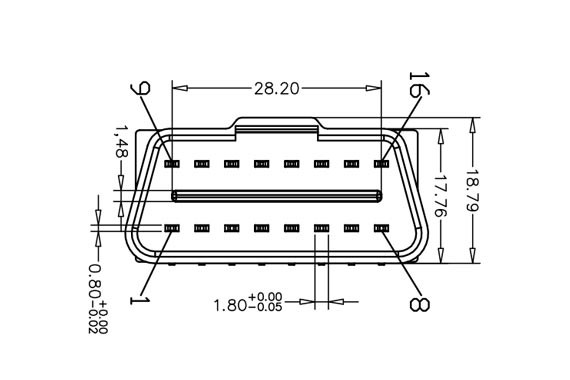YEAHUI ELECTRONIC LIMITED Yeahui Cable, connector to the world!
Home / blog
Before OBD-I, each manufacturer had their own set of standards for OBD, meaning that mechanics had to buy expensive scan tools for each manufacturer. OBD-I was first introduced in 1987, and started the standardization of onboard diagnostics.
It had sensors that detected emissions and was able to minimize them through emissions-controlling valves. However, it had many problems and shortfalls.

As a result, in 1996 car manufacturers started to equip cars and trucks with an OBD-II port. Every system is mostly the same, but there are slight variations. These are known as protocols, and are specific to vehicle manufacturers.
There are five basic signal protocols:
SAE J1850 PWM: Pulse Width Modulation, used in Ford vehicles
SAE J1850 VPW: Variable Pulse Width used in General Motors vehicles
ISO9141-2: Used in all Chrysler and a variety of European or Asian vehicles
ISO14230-4 (KWP2000): Keyword Protocol, used in a variety of European and Asian imports as well as Honda, Jeep, Land Rover, Subaru, Mazda, Nissan, and more
ISO 15765 CAN: Controller Area Network, used on all vehicles manufactured after 2008
Pins 4 and 5 in all protocols are used for ground connections, and pin 16 is used for power from the car’s battery.
Once the computer senses a problem with the engine or any other component of the car it’s monitoring, it’ll trigger the Check Engine light. Some vehicles also blink the engine light if the problem is a very serious one.
Yahui is a PVC molding and assembly wiring harness factory, providing obd2 adapters and obd2 connector for obd2 diagnostic instruments for more than 13 years. If you are interested in this aspect or have any questions, please consult us.
More about NEWS(How Does OBD-II Work).



